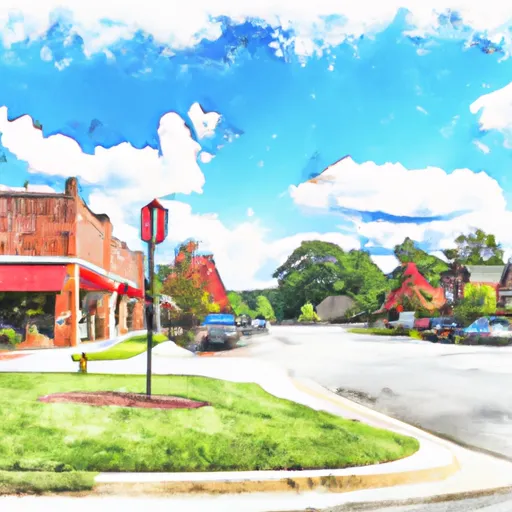°F
°F
mph
Windspeed
%
Humidity











Millwood, Virginia, located in Clarke County, offers a pleasant climate with four distinct seasons. Summers are warm and humid, with temperatures averaging around 85°F (29°C). Winters are mild, with temperatures averaging around 40°F (4°C), and occasional snowfall. Spring and fall showcase beautiful foliage and moderate temperatures.
The hydrology constituents in Millwood are diverse and abundant. The area is dotted with numerous streams and creeks, including the Shenandoah River, which flows nearby. The region also boasts several ponds and small lakes that provide opportunities for fishing, boating, and other water activities.
Outdoor enthusiasts will find plenty of recreational opportunities in Millwood. The Clarke County Conservation Easement Authority preserves over 1,000 acres of land, offering hiking, bird-watching, and wildlife viewing. For those interested in history, the Burwell-Morgan Mill, a working gristmill from the 18th century, is a popular attraction. Additionally, nearby Sky Meadows State Park provides opportunities for camping, picnicking, horseback riding, and hiking along its scenic trails.
In summary, Millwood, Virginia, offers a pleasant climate with distinct seasons, diverse hydrology constituents, and a variety of outdoor recreation opportunities, making it an attractive destination for nature lovers and history enthusiasts alike.
Weather Forecast
Millwood receives approximately 996mm of rain per year, with humidity levels near 80% and air temperatures averaging around 13°C. Millwood has a plant hardyness factor of 6, meaning plants and agriculture in this region thrive during a short period during spring and early summer. Most plants will die off during the colder winter months.
Regional Streamflow Levels
0
Cubic Feet Per Second
199
Cubic Feet Per Second
857
Cubic Feet Per Second
9
Cubic Feet Per Second
Nearby Camping
| Camping Area | Reservations | Toilets | Showers |
|---|---|---|---|
| McCoys Ferry - C and O Canal National Park | |||
| Lake Anna State Park | |||
| Fort Frederick State Park | |||
| Cowans Gap State Park | |||
| Sleepy Creek WMA |



